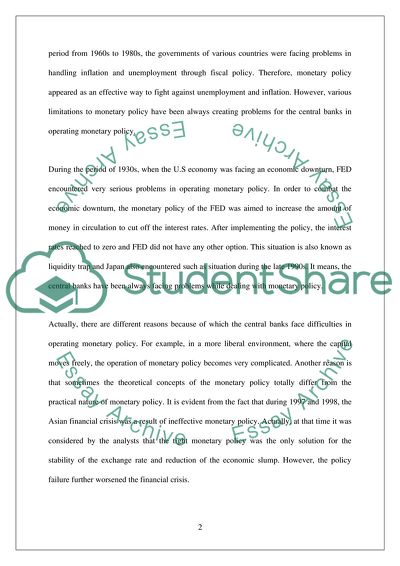Cite this document
(Difficulties Faced by Central Banks in Operating Monetary Policy Coursework, n.d.)
Difficulties Faced by Central Banks in Operating Monetary Policy Coursework. Retrieved from https://studentshare.org/finance-accounting/1731372-what-difficulties-may-central-banks-have-in-operating-monetary-policy
Difficulties Faced by Central Banks in Operating Monetary Policy Coursework. Retrieved from https://studentshare.org/finance-accounting/1731372-what-difficulties-may-central-banks-have-in-operating-monetary-policy
(Difficulties Faced by Central Banks in Operating Monetary Policy Coursework)
Difficulties Faced by Central Banks in Operating Monetary Policy Coursework. https://studentshare.org/finance-accounting/1731372-what-difficulties-may-central-banks-have-in-operating-monetary-policy.
Difficulties Faced by Central Banks in Operating Monetary Policy Coursework. https://studentshare.org/finance-accounting/1731372-what-difficulties-may-central-banks-have-in-operating-monetary-policy.
“Difficulties Faced by Central Banks in Operating Monetary Policy Coursework”. https://studentshare.org/finance-accounting/1731372-what-difficulties-may-central-banks-have-in-operating-monetary-policy.


